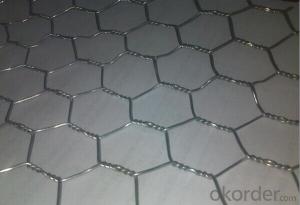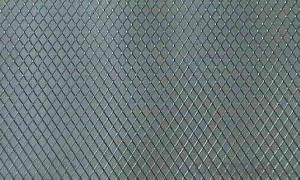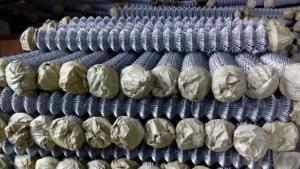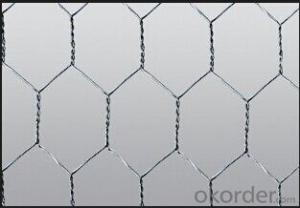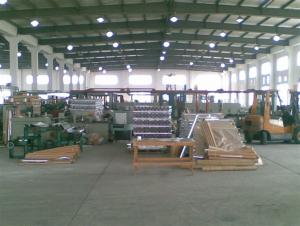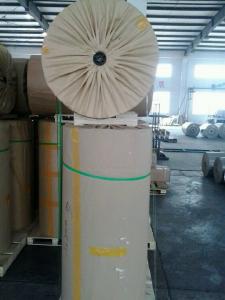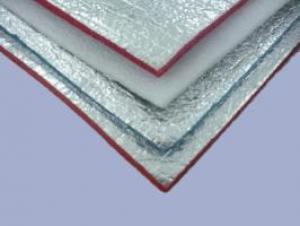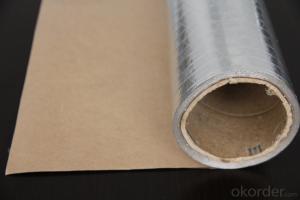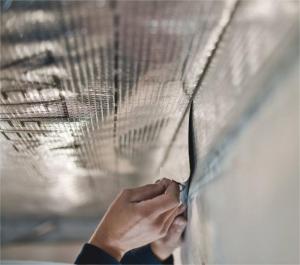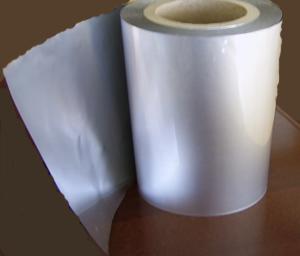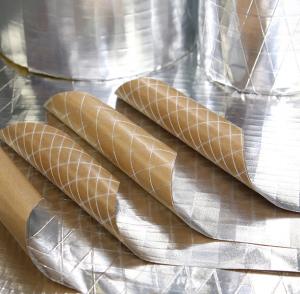Aluminum Foil Facing Gauge Decorative Wire Knit Mesh Wire Mesh
- Loading Port:
- China Main Port
- Payment Terms:
- TT OR LC
- Min Order Qty:
- -
- Supply Capability:
- -
OKorder Service Pledge
OKorder Financial Service
You Might Also Like
Specifications
wire mesh
1. CE, ISO9001:2008
2. High Quality Low Price
3.Galvanized wire, PVC coated
4.Delivery: 10 days
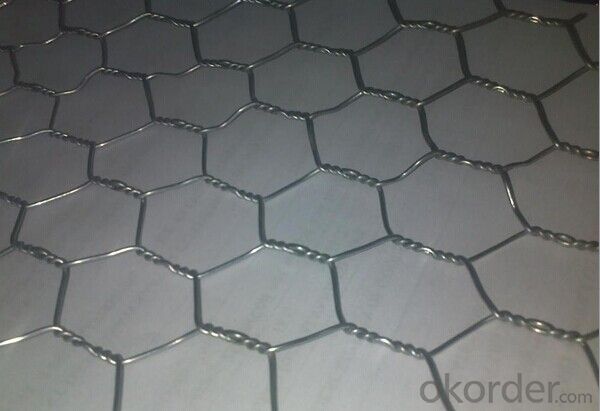
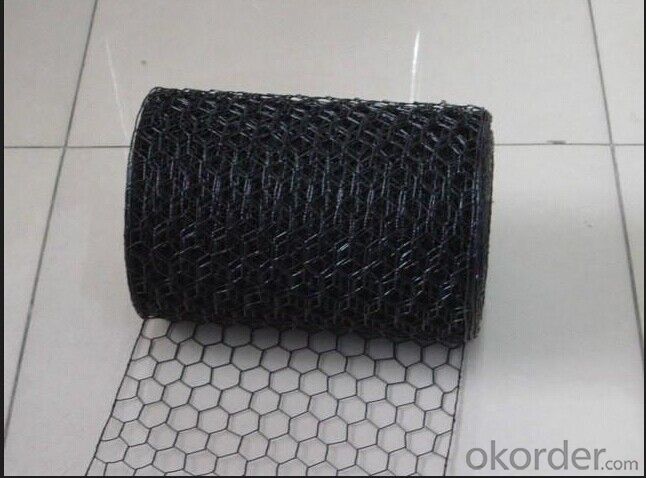
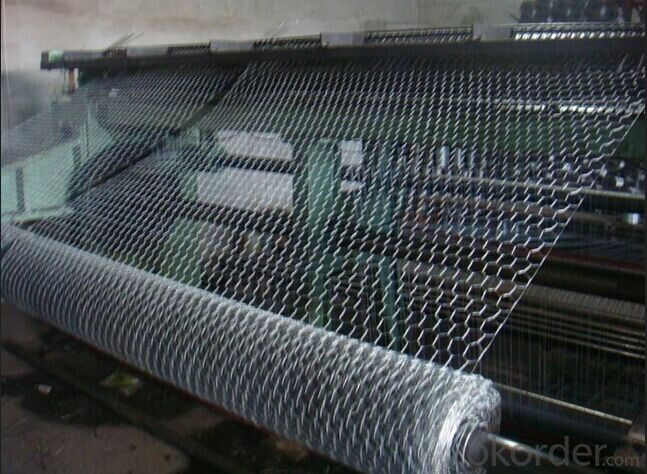
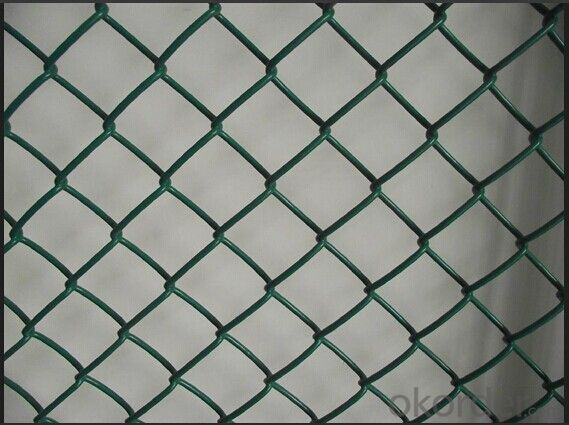
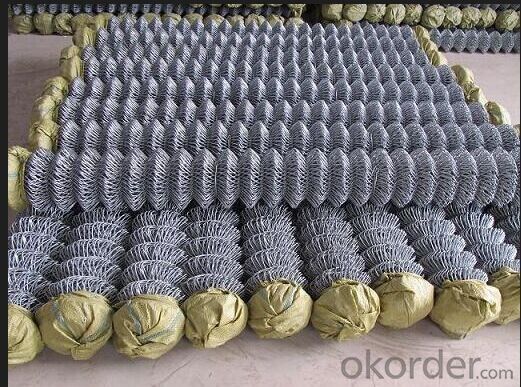

Woven wire mesh
Stainless Steel Wire Mesh:
We produce stainless steel wire mesh from first class stainless steel wire material in SUS/AISI 201 202 302 304 310 310S 316 316L 321 430 etc.
Stainless steel wire mesh with its excellent resistance against acid, alkali, heat and corrosion, find extensively uses in processing of oil, chemical, food, making wire mesh filter, also sorting and screening of solid, liquid and gas in mine, metallurgy, airspace and machine making etc.
Stainless steel wire mesh | ||||||
mesh/inch | wire diameter mm | aperture mm |
| mesh/inch | wire diameter mm | aperture mm |
2mesh | 1.80 | 10.90 | 60mesh | 0.15 | 0.273 | |
3mesh | 1.60 | 6.866 | 70mesh | 0.14 | 0.223 | |
4mesh | 1.20 | 5.15 | 80mesh | 0.12 | 0.198 | |
5mesh | 0.91 | 4.17 | 90mesh | 0.11 | 0.172 | |
6mesh | 0.80 | 3.433 | 100mesh | 0.10 | 0.154 | |
8mesh | 0.60 | 2.575 | 120mesh | 0.08 | 0.132 | |
10mesh | 0.55 | 1.990 | 140mesh | 0.07 | 0.111 | |
12mesh | 0.50 | 1.616 | 150mesh | 0.065 | 0.104 | |
14mesh | 0.45 | 1.362 | 160mesh | 0.065 | 0.094 | |
16mesh | 0.40 | 1.188 | 180mesh | 0.053 | 0.088 | |
18mesh | 0.35 | 1.060 | 200mesh | 0.053 | 0.074 | |
20mesh | 0.30 | 0.970 | 250mesh | 0.04 | 0.061 | |
26mesh | 0.28 | 0.696 | 300mesh | 0.035 | 0.049 | |
30mesh | 0.25 | 0.596 | 325mesh | 0.03 | 0.048 | |
40mesh | 0.21 | 0.425 | 350mesh | 0.03 | 0.042 | |
50mesh | 0.19 | 0.318 | 400mesh | 0.025 | 0.0385 | |
Width of Stainless Steel Wire Mesh: 0.6m-1.5m | ||||||
Welded Wire Mesh
Reinforcing Mesh Panel Description:
1. Reinforcing Mesh Panel also named Welded Steel Bar panel or Heavy welded wire mesh panel.
2. Wire diameter of Weded Steel Bar Panel: 5mm -16mm
3. The opening of Welded Steel Bar Panel: 75mm-300mm
4. Reinforcing Mesh Panel length: 1m - 12m
5. Reinforcing Mesh Panel width: 100cm-240cm
6. Reinforcing Mesh Panel, Wire profile: Smooth profile, or ribbed profiile.
7. Reinforcing Mesh Panel, type of material: Q235
8. Reinforcing Mesh Panel Standard size: 2.4m x 6m
9. Australian Standard: SL72,SL82.
- Q: Is it possible for aluminum foil facing to induce allergic reactions in certain individuals?
- <p>Yes, aluminum foil facing can cause allergic reactions in some people. Aluminum is a common allergen, and individuals with a sensitivity to it may experience contact dermatitis or other allergic responses when exposed to aluminum-containing products. Symptoms can include redness, itching, and rashes. People with a known allergy to aluminum should avoid direct skin contact with aluminum foil and products containing aluminum.</p>
- Q: Is it possible to replace plastic wrap with aluminum foil for food storage or packaging purposes?
- <p>While aluminum foil facing can be used in some instances for food storage or packaging, it is not a direct substitute for plastic wrap. Aluminum foil is more durable and heat resistant, making it suitable for covering dishes or wrapping food for cooking or freezing. However, it is not as clingy or airtight as plastic wrap, which can be crucial for preserving freshness and preventing cross-contamination. Additionally, aluminum foil is not microwave-safe, unlike plastic wrap, which can limit its use in certain food storage applications. For best results, use the appropriate material based on the specific needs of food storage or packaging.</p>
- Q: What precautions should be taken when using aluminum foil facing in construction or other applications?
- <p>When using aluminum foil facing, safety measures include ensuring proper ventilation to prevent build-up of fumes, wearing protective gear such as gloves and masks to avoid skin and respiratory irritation, and following manufacturer's guidelines for safe handling and application. It's also crucial to avoid contact with open flames or high heat sources as aluminum foil can melt or ignite. Always clean up spills immediately to prevent slipping hazards and ensure that the working area is well-lit to avoid accidents.</p>
- Q: This question asks for a method to determine the thickness of an aluminum foil sheet.
- <p>To measure the thickness of an aluminum foil sheet, you can use a digital caliper or a micrometer. Place the foil between the jaws of the caliper and take the measurement. If you don't have these tools, you can use the 'multiple fold' method: fold the foil in half repeatedly and measure the total thickness after several folds, then divide by the number of layers to estimate the single layer thickness. For a more precise measurement, especially for thinner foils, consider using a thickness gauge designed for measuring thin materials.</p>
- Q: Explain the distinct features of aluminum foil facing compared to other food covers.
- <p>Aluminum foil facing is a type of food cover that is made from thin sheets of aluminum, known for its high heat conductivity, moisture resistance, and ability to seal in freshness. It's often used for cooking, baking, and preserving food. Other types of food covers include plastic wraps, which are more flexible and cling to food surfaces but may not be as effective at heat conduction or preserving freshness; glass or ceramic lids, which are reusable and provide an airtight seal, but are heavier and not as convenient for single-use applications; and silicone covers, which are heat resistant and can be reused, but may not seal as tightly as aluminum foil.</p>
- Q: This question asks for methods to clean aluminum foil that has excess oil on it after cooking or food storage.
- <p>To remove excess oil from aluminum foil facing after cooking or food storage, you can follow these steps: 1. Allow the foil to cool down to avoid burns. 2. Use a paper towel to blot and absorb the excess oil. 3. For stubborn oil, you can wipe the foil with a damp cloth or sponge with a mild dish soap. 4. Rinse the foil thoroughly with warm water to remove any soap residue. 5. Dry the foil with a clean towel or let it air dry. If the oil is extremely stubborn, consider using a gentle scrubber or baking soda paste to help remove it. Always check the foil for any damage or wear before reusing it.</p>
- Q: What are the potential health hazards related to using paper plates in comparison to aluminum foil facing?
- <p>There are generally no significant health risks associated with using paper plates instead of aluminum foil facing. Paper plates are made from food-grade materials and are designed to be safe for contact with food. However, it's important to ensure that the paper plates are free from any harmful chemicals or dyes, and are not contaminated during production or storage. Aluminum foil facing, when used properly, is also safe, but it can leach aluminum into food if heated excessively or used with acidic foods. Both options are generally considered safe, but it's always best to use products from reputable manufacturers and follow usage guidelines.</p>
- Q: Is there a concern that aluminum from aluminum foil can seep into food during cooking or storage?
- <p>There is minimal risk of aluminum leaching from aluminum foil into food. Aluminum foil is generally safe for cooking and food storage when used properly. The risk increases with acidic or alkaline foods and high temperatures, but under normal cooking conditions, the amount of aluminum that could leach is negligible. However, it's best to avoid wrapping food in aluminum foil for long periods or at very high temperatures to minimize any potential exposure.</p>
- Q: This question asks for advice on how to use aluminum foil effectively in the kitchen.
- <p>Using aluminum foil efficiently in the kitchen can save time and resources. Here are some tips: 1. Pre-cut and store: Keep a roll of aluminum foil in the kitchen and pre-cut pieces for quick use. 2. Double layer for insulation: Use a double layer for wrapping food to retain heat and keep food warm for longer. 3. Line baking sheets: Line baking sheets with foil to prevent sticking and make cleanup easier. 4. Cover dishes: Use foil to cover dishes in the oven to prevent over-browning. 5. Use for grilling: Wrap vegetables or fish in foil for easy, mess-free grilling. 6. Reuse: Reuse aluminum foil for multiple tasks to minimize waste. 7. Avoid overuse: Use only as much foil as needed to prevent unnecessary waste. 8. Recycle: Always recycle aluminum foil after use to contribute to sustainability.</p>
- Q: Is it possible to use aluminum foil with a shiny side as a non-stick surface for cooking purposes?
- <p>Yes, you can use aluminum foil facing as a non-stick surface for cooking. The shiny side of aluminum foil is often used to create a non-stick surface, which can be helpful when grilling or baking to prevent food from sticking to the pan or grill. However, it's important to use it properly to avoid any potential health risks. Ensure that the foil doesn't touch the heat source directly for extended periods, as this can cause the foil to break down and release aluminum into the food. It's also recommended to use heavy-duty aluminum foil for cooking to ensure it can withstand higher temperatures without puncturing or melting.</p>
Send your message to us
Aluminum Foil Facing Gauge Decorative Wire Knit Mesh Wire Mesh
- Loading Port:
- China Main Port
- Payment Terms:
- TT OR LC
- Min Order Qty:
- -
- Supply Capability:
- -
OKorder Service Pledge
OKorder Financial Service
Similar products
Hot products
Hot Searches
Related keywords















